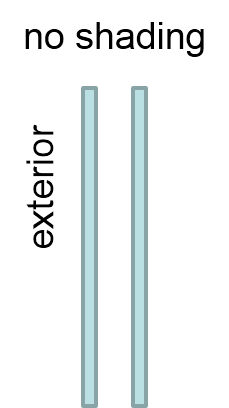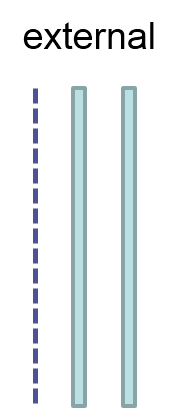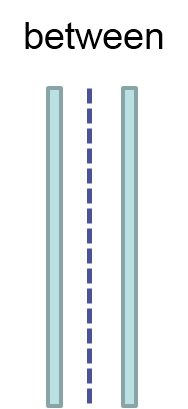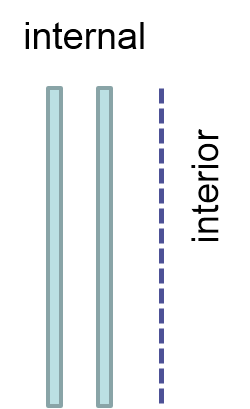Long Description
Fabrics are the functional engine of an ever increasing share of today's shading solutions. Their optical and material properties determine how well a shading protects us from glare and the effects of solar heat gain. As such, it is a critical component in the comfort and energy concept of an office building. The functional characteristics of shading fabrics impact both our own performance and the energy performance of a building. These web pages aim to explain the performance characteristics of shading fabrics.
Internal or external?
The choice between an internal or an external shading solution is determined by what is to be achieved in terms of solar heat gain control and what is practical for a particular building. External solutions may not always be possible. Wind loads that increase with height may render external shading impractical. Sometimes there are aesthetic considerations.
Solar Heat Gain Control
From a thermal and energy perspective, the effectiveness of an external shading solution is always several times higher than that of an internal solution. The effectiveness of heat gain control is measured by the solar factor or g-value, see here for an explanation. The lower the g-value, the less solar heat enters the building.
The table below gives a comparison of shading solutions in different positions.
 |  |  |  | |
| Glazing g-value | Fabric | Resultant g-value of shading and glazing | ||
| 0.64 | black-black | 0.04 | 0.24 | 0.57 |
| 0.64 | white-white | 0.12 | 0.17 | 0.29 |
| 0.28 | metallized | 0.08 | 0.11 | |
| ||||
The rightmost three columns show the shading performance of different fabrics in different positions. The external solution clearly has the best shading performance, an internal solution the worst and a solution between glazing has a performance somewhere in between.
On the outside, a dark fabric gives best solar heat gain control, whereas on the inside a highly reflecting fabric performs best.
When looking at solar protection glazing, good results can be obtained with metallised internal blinds. An internal high quality metallised roller blind can reach a g-value as low as 11% when combined with 60/28 glazing. This is as effective as the white external screen combined with 81/64 glazing, but no way near the performance of a dark external blind.
In summary:
- For maximum solar heat gain control, choose a dark external roller blind. This will also give you good visual comfort: both glare protection and view through. Clear low-e double glazing is adequate.
- When internal shading is the only option, choose a highly reflective (metallised) fabric combined with solar protection glazing. Metallised fabrics will also give you good visual comfort: both glare protection and view through.
Overview of fabrics for internal application
Overview of fabrics for external application
FILTER SELECTION OF Roller Blind Fabrics
Use the filters below to browse our full selection of Roller Blind Fabrics Products.
